Introduction to Lyngso REM 401
1. Product Description
The Lyngso REM 401 is a high – speed electronic relay and input module, engineered with precision to ensure stable relay control and efficient input signal processing. This module is designed to thrive in demanding industrial and marine applications, where reliable signal handling is of utmost importance. Its robust construction and advanced functionality make it an essential component for various systems that require accurate and consistent relay operations and input signal management.
2. Product Technical Parameters
- Power Supply: Operates on a +24VDC power source. This standard voltage supply makes it compatible with a wide range of industrial and marine power systems, ensuring stable operation across different setups.
- Weight: The module is relatively lightweight, with an approximate weight of 600 grams (varies slightly in different sources, with some stating around 650 grams or 500 grams). This light – weight design not only simplifies installation but also reduces the overall load on control panels and related equipment.
- Input Signal Compatibility: It can handle a variety of input signals commonly found in industrial and marine environments. This flexibility allows it to interface with different sensors and devices, making it suitable for diverse applications.
- Relay Characteristics: Equipped with high – quality relays that are designed for reliable switching operations. The relays can withstand a significant number of switching cycles, ensuring long – term durability and consistent performance.
- Environmental Resistance: Built to endure harsh environmental conditions. It can operate in environments with high humidity levels and temperature fluctuations, typically in the range where most industrial and marine applications are situated. This resistance to environmental stressors contributes to its long – term reliability.
3. Usage Method
- Pre – installation Checks: Before installation, carefully inspect the module for any visible damage during transit. Ensure that all the necessary accessories are included. Check the power supply requirements and confirm that the available power source matches the module’s +24VDC input.
- Installation: The REM 401 can be installed in a control panel or a designated equipment enclosure. Mounting methods may include using screws or rail – mounting systems, depending on the specific design of the module and the installation environment. Make sure to follow the installation instructions provided by the manufacturer to ensure a secure and proper fit.
- Wiring: Connect the input signals to the appropriate terminals on the module. Pay close attention to the signal types and the correct terminal assignments to avoid miswiring, which could lead to incorrect operation or damage to the module. For the power connection, connect the +24VDC power source to the power terminals, ensuring proper polarity. When connecting the relay outputs, ensure that the load devices are compatible with the relay ratings.
- Configuration: Some versions of the REM 401 may require configuration to suit the specific application. This could involve setting parameters such as input signal thresholds, relay switching delays, or communication settings if the module has a communication interface. Use the provided software or hardware configuration tools, following the user manual’s instructions, to adjust these parameters according to the requirements of the system.
- Testing: After installation and configuration, perform a series of tests to verify the proper operation of the module. Apply input signals and check if the relays switch as expected. Monitor the input and output signals using appropriate testing equipment to ensure that the module is processing the signals accurately.
4. System Introduction
In industrial and marine systems, the Lyngso REM 401 plays a crucial role in integrating and controlling various components.
- Industrial Control Systems: In automated industrial processes, the REM 401 can be used to control the operation of motors, valves, and other equipment. For example, in a manufacturing plant, it can receive input signals from sensors that detect the status of production lines, such as temperature, pressure, or position sensors. Based on these input signals, the module can control relays to start or stop motors, open or close valves, and perform other control functions, ensuring the smooth operation of the production process.
- Marine Applications: In ship control systems, the REM 401 is widely used. It can be part of the navigation system, receiving input signals from sensors like gyrocompasses, speed sensors, or depth sensors. The module then controls relays to operate navigation lights, autopilot systems, or other navigation – related equipment. In addition, it can be used in the ship’s power distribution network, controlling relays to manage the distribution of electrical power to different systems on board, ensuring reliable power supply for all ship operations. It also plays a role in safety and alarm systems, where it can monitor input signals from fire detectors, smoke sensors, or emergency stop buttons. When an abnormal signal is detected, the module can activate relays to trigger alarms, activate emergency shutdown systems, or perform other safety – related functions.
Overall, the Lyngso REM 401, with its stable performance, compact and robust design, flexible integration capabilities, and efficient signal processing, is a reliable and versatile module for a wide range of industrial and marine applications.

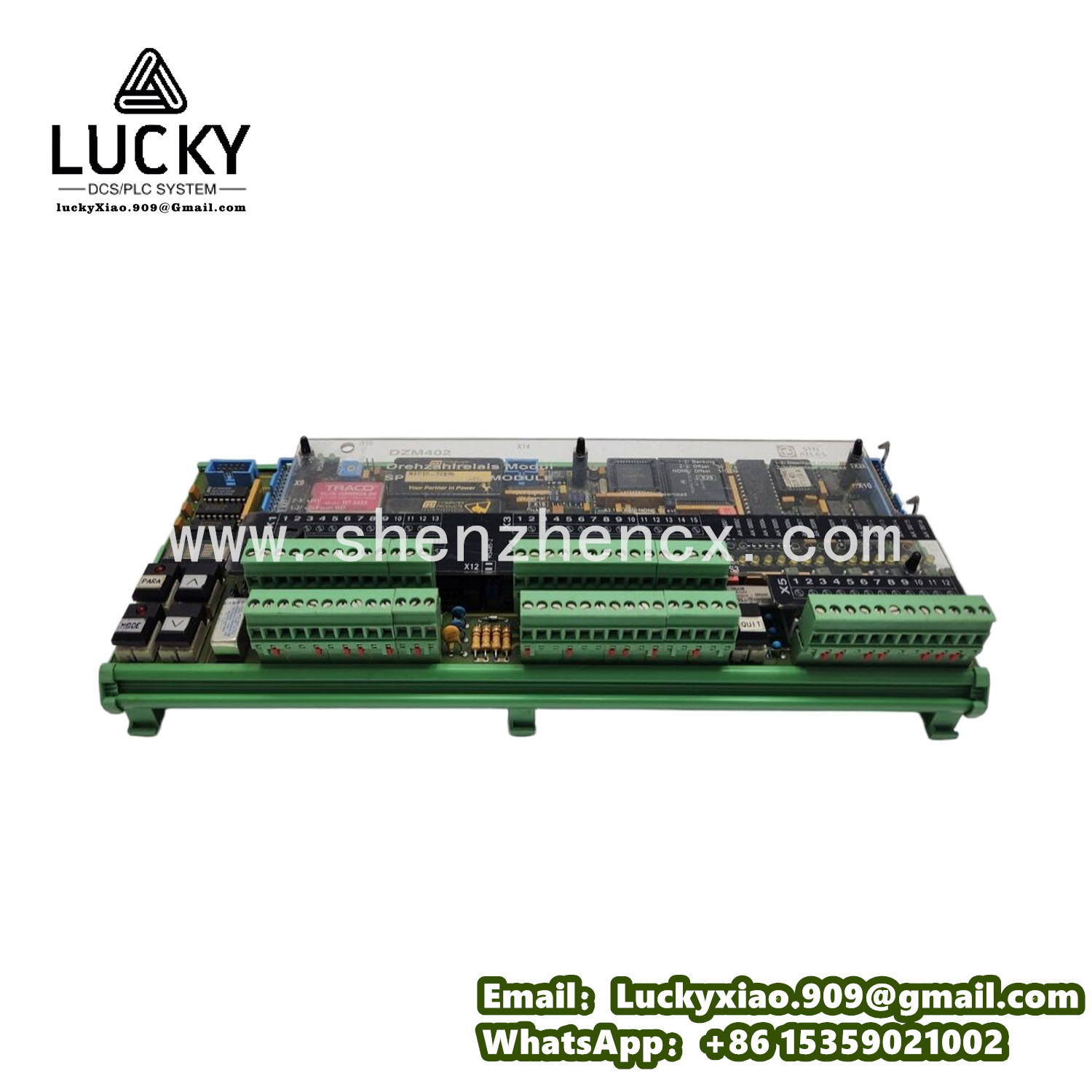
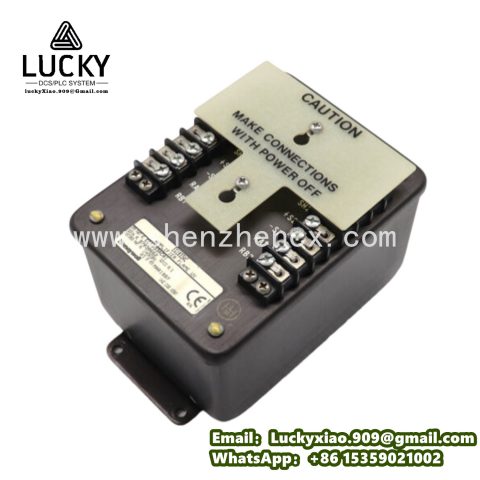
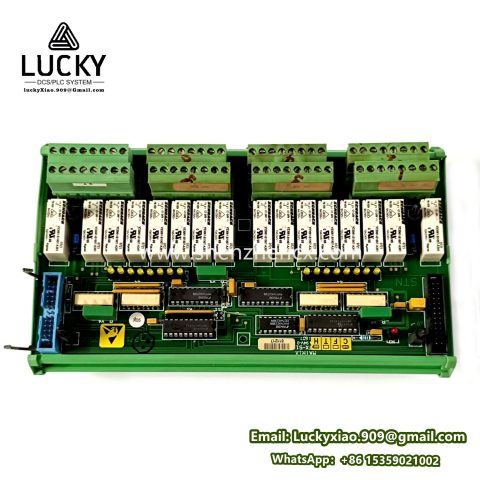
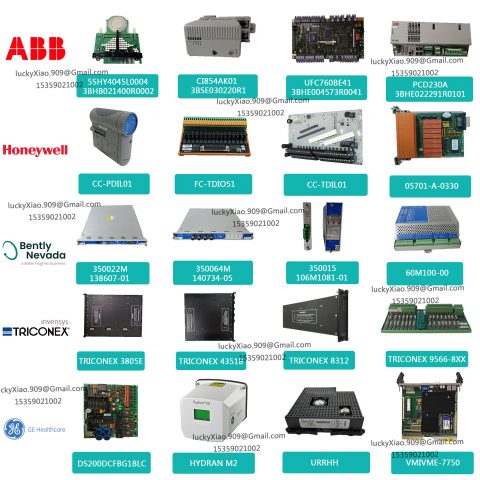
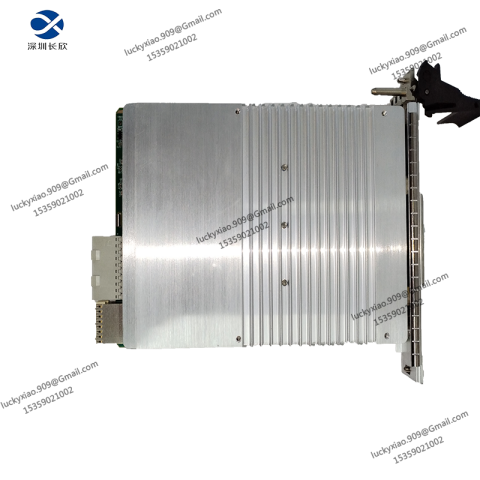
-480x480.jpg)
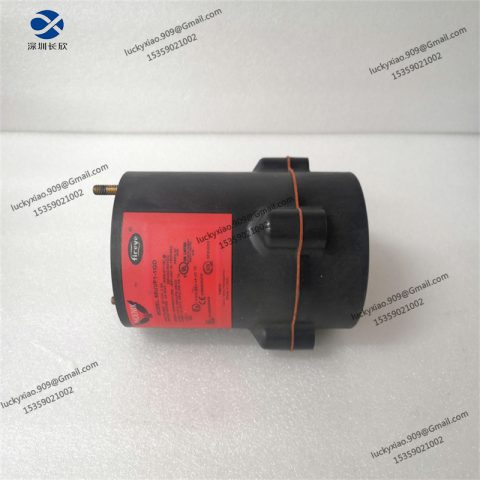
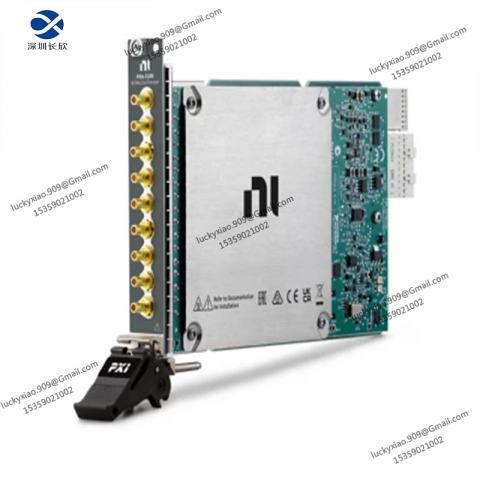
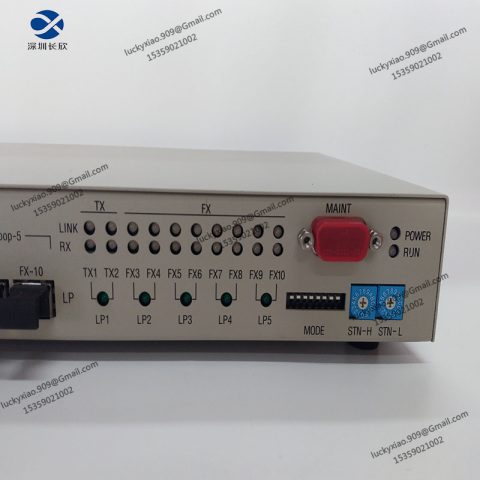

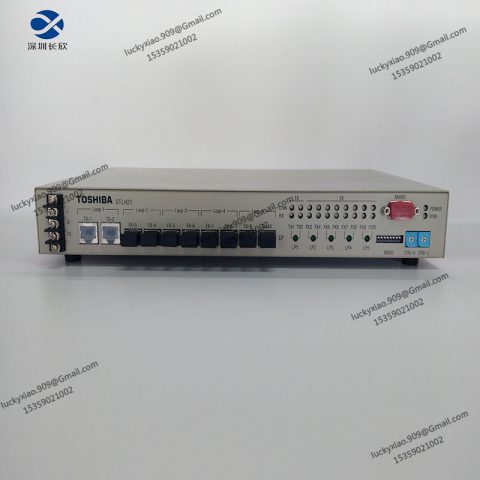
There are no reviews yet.